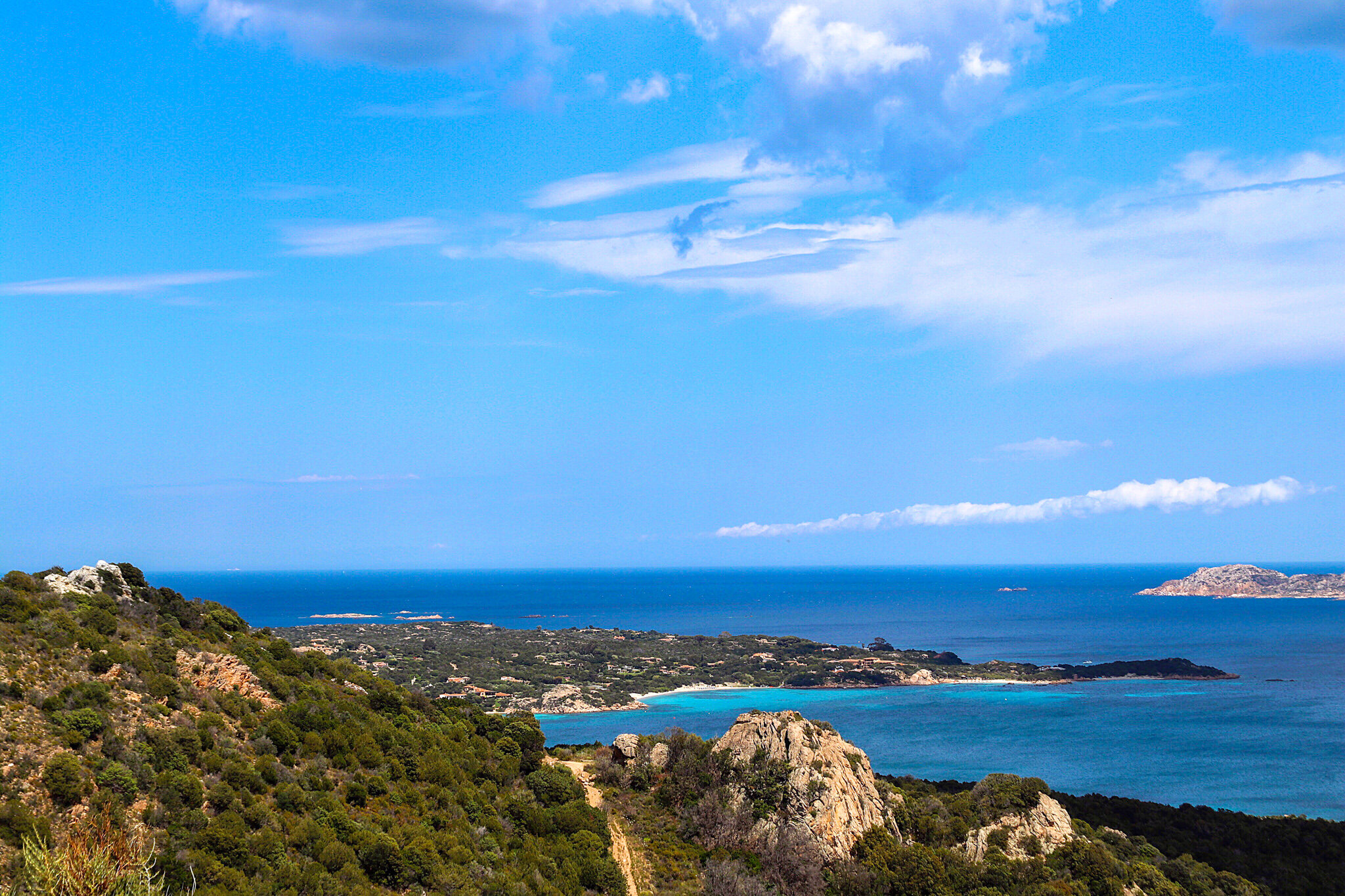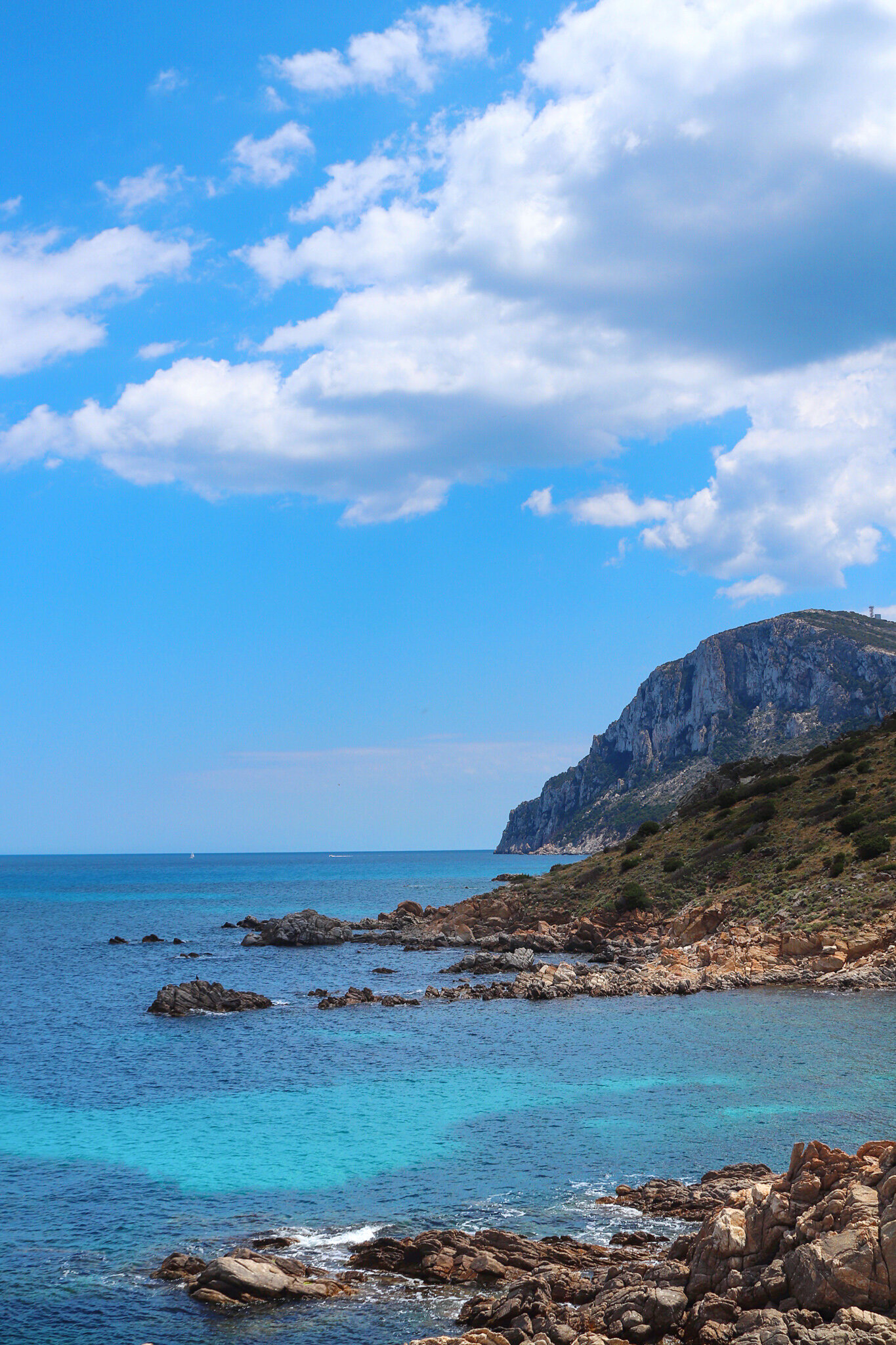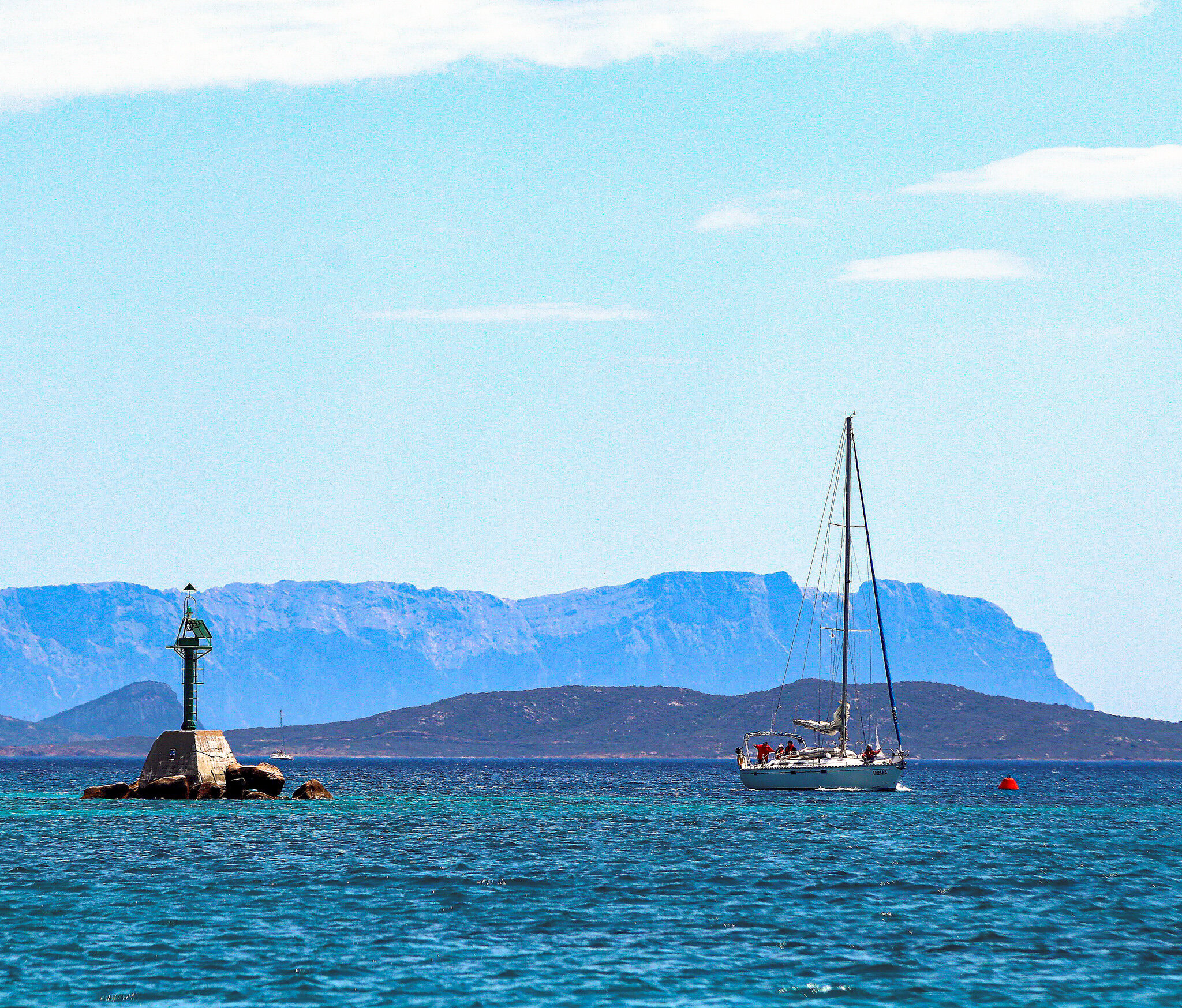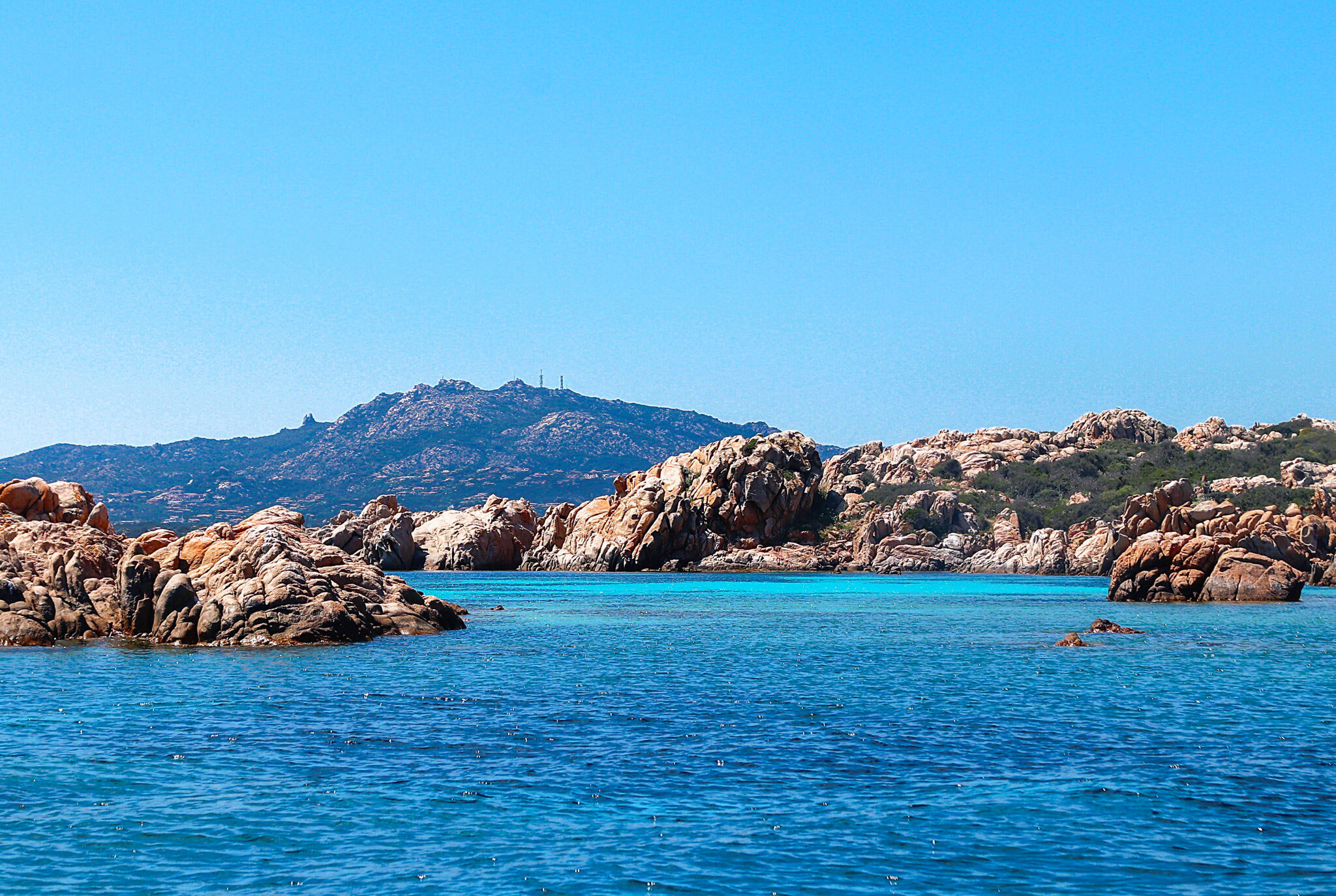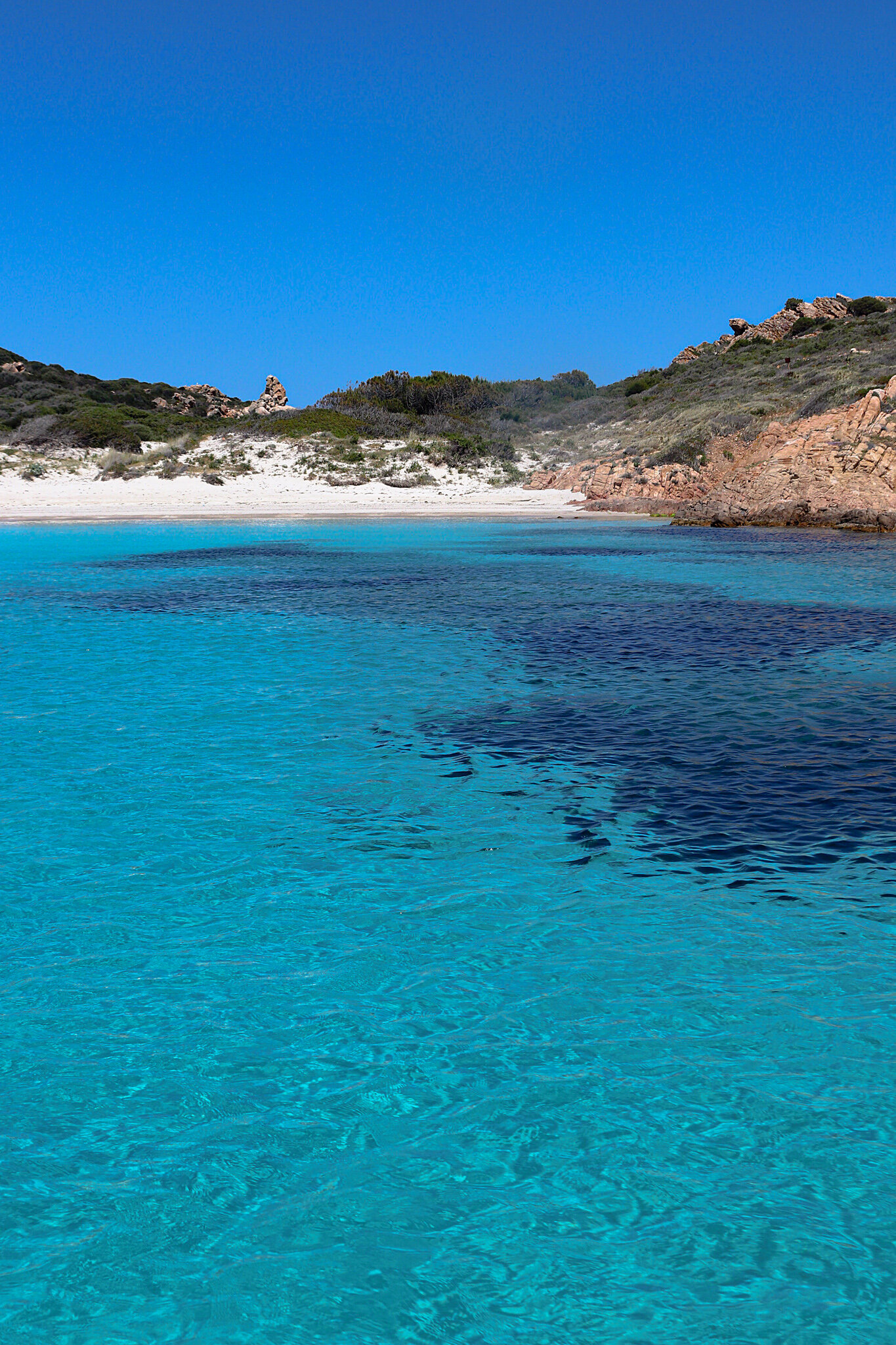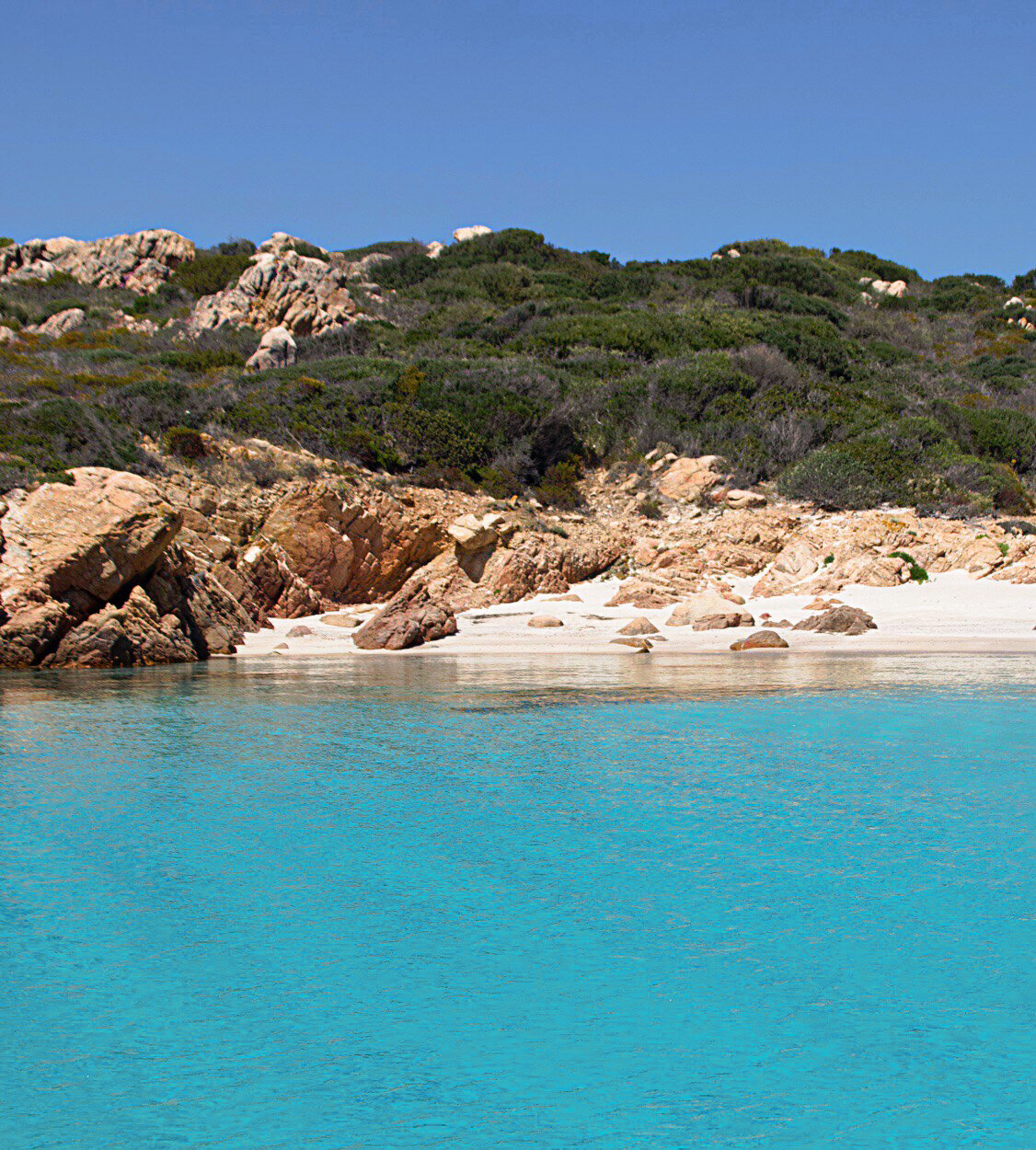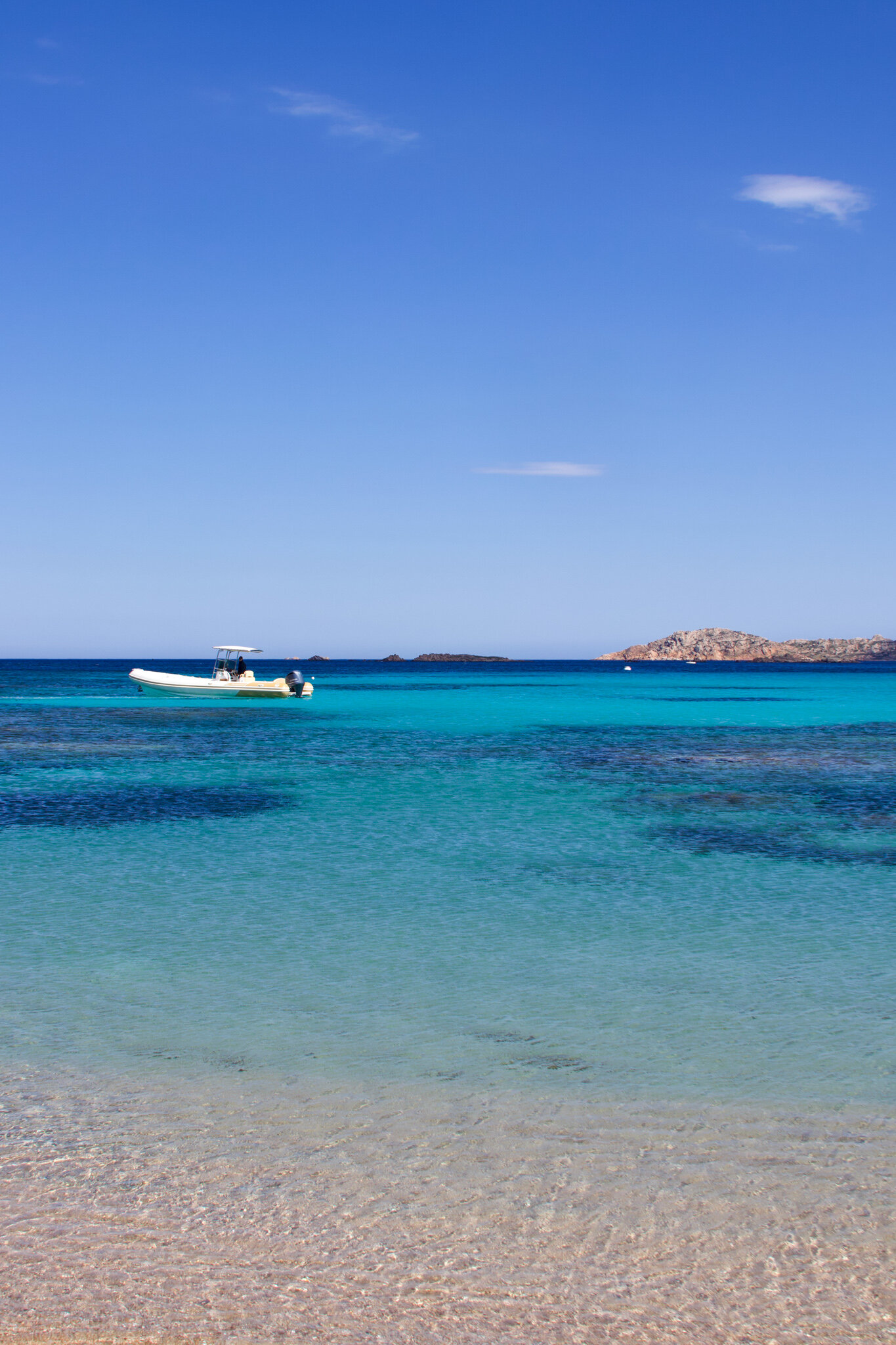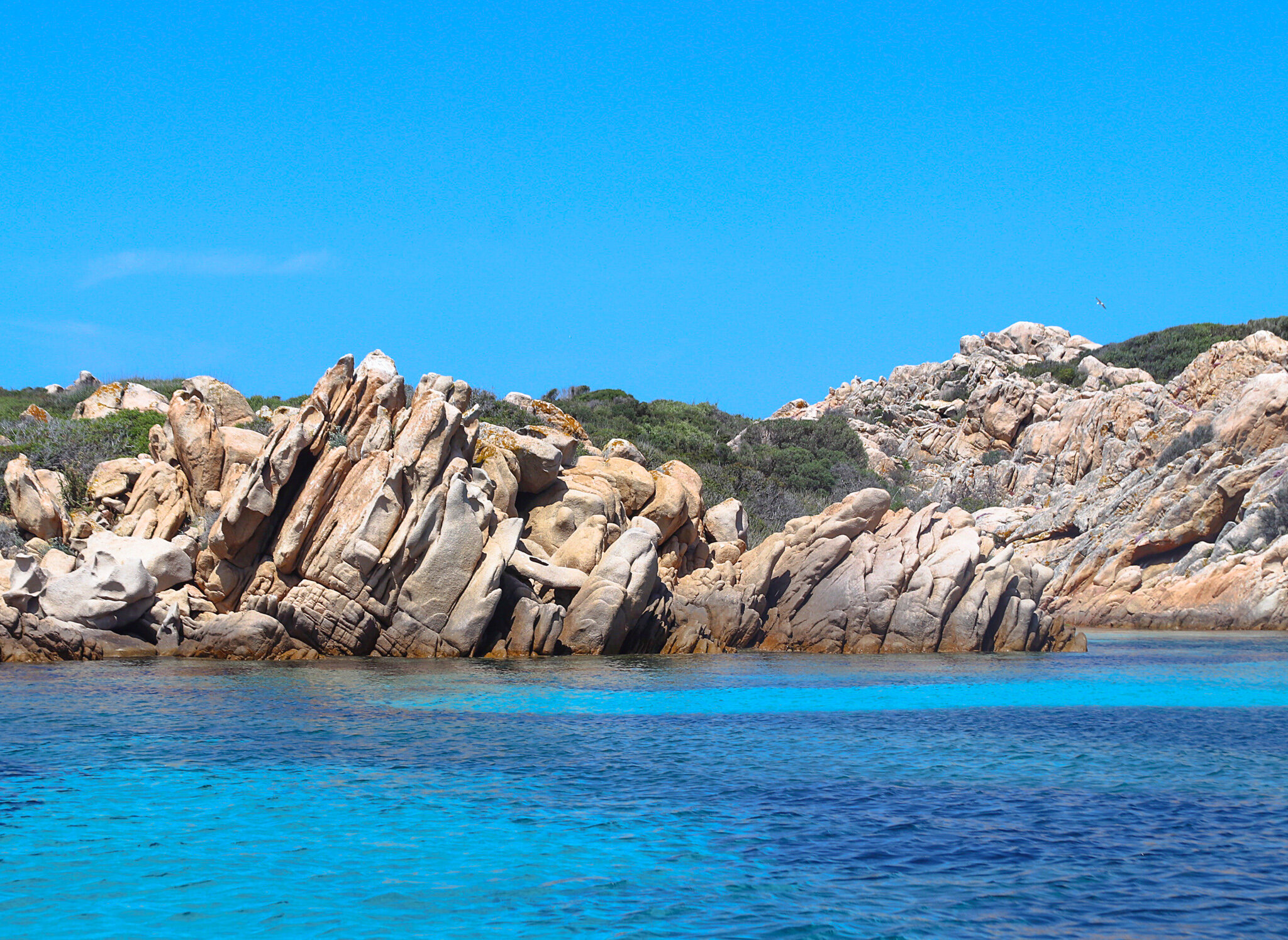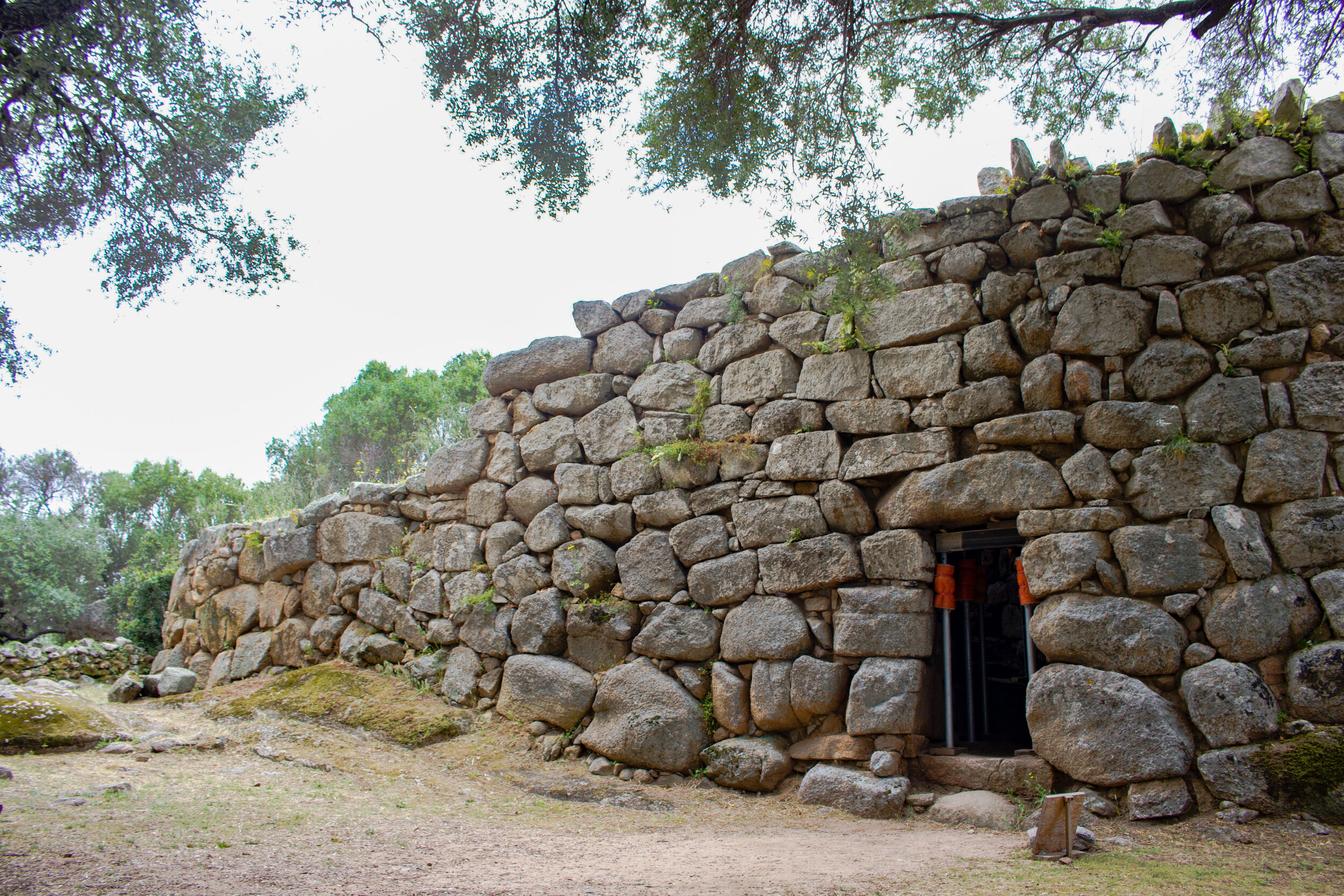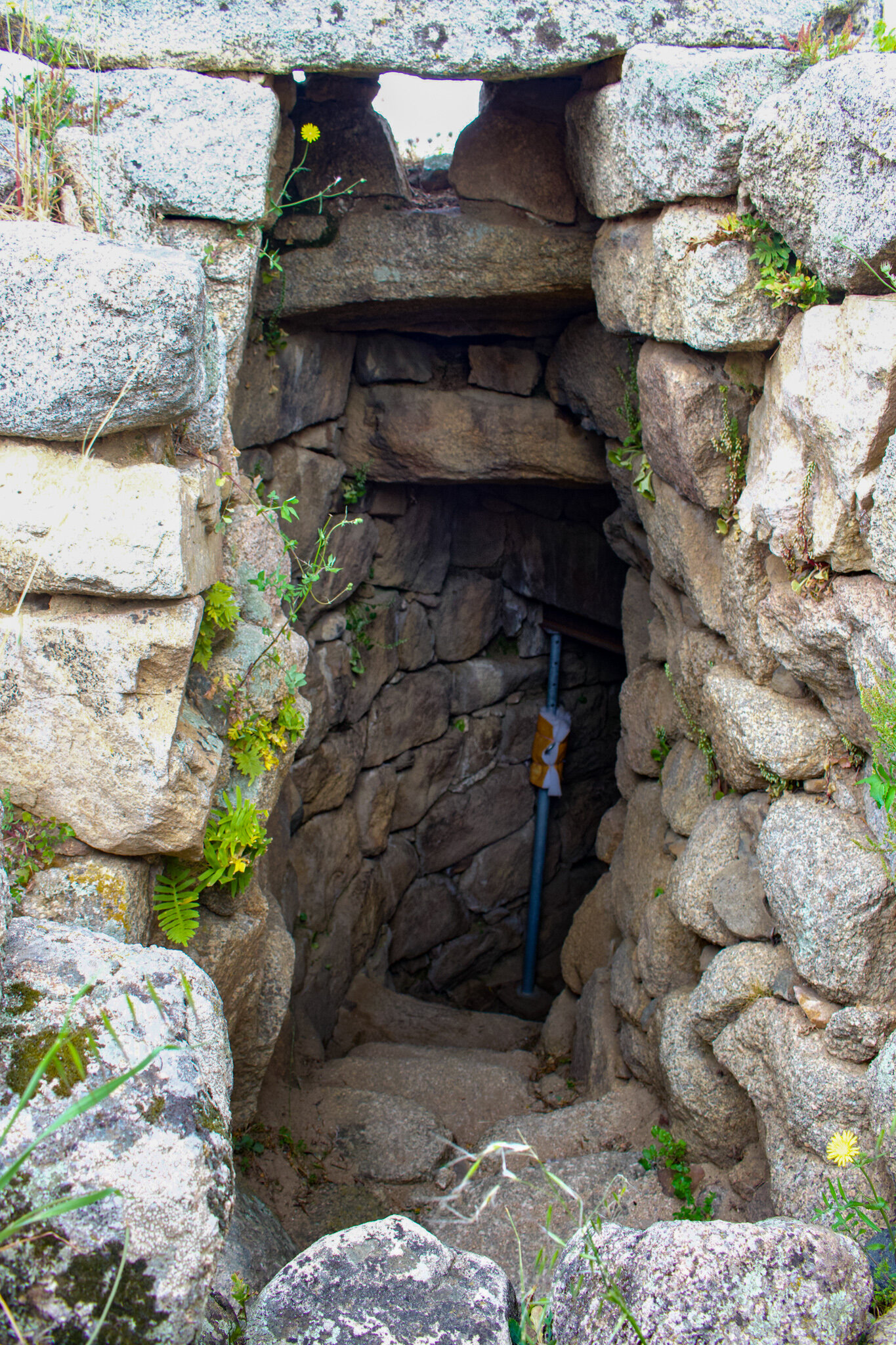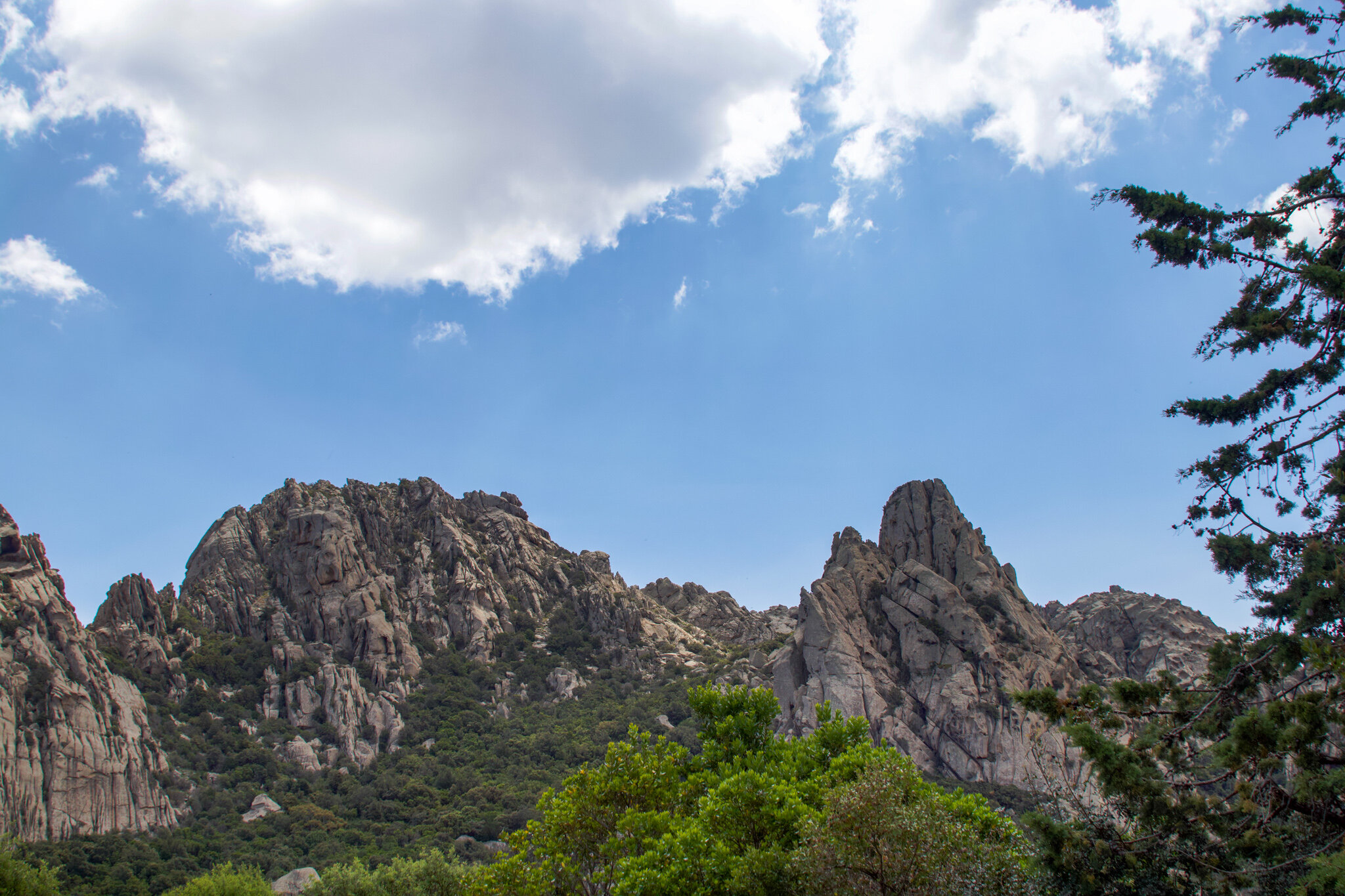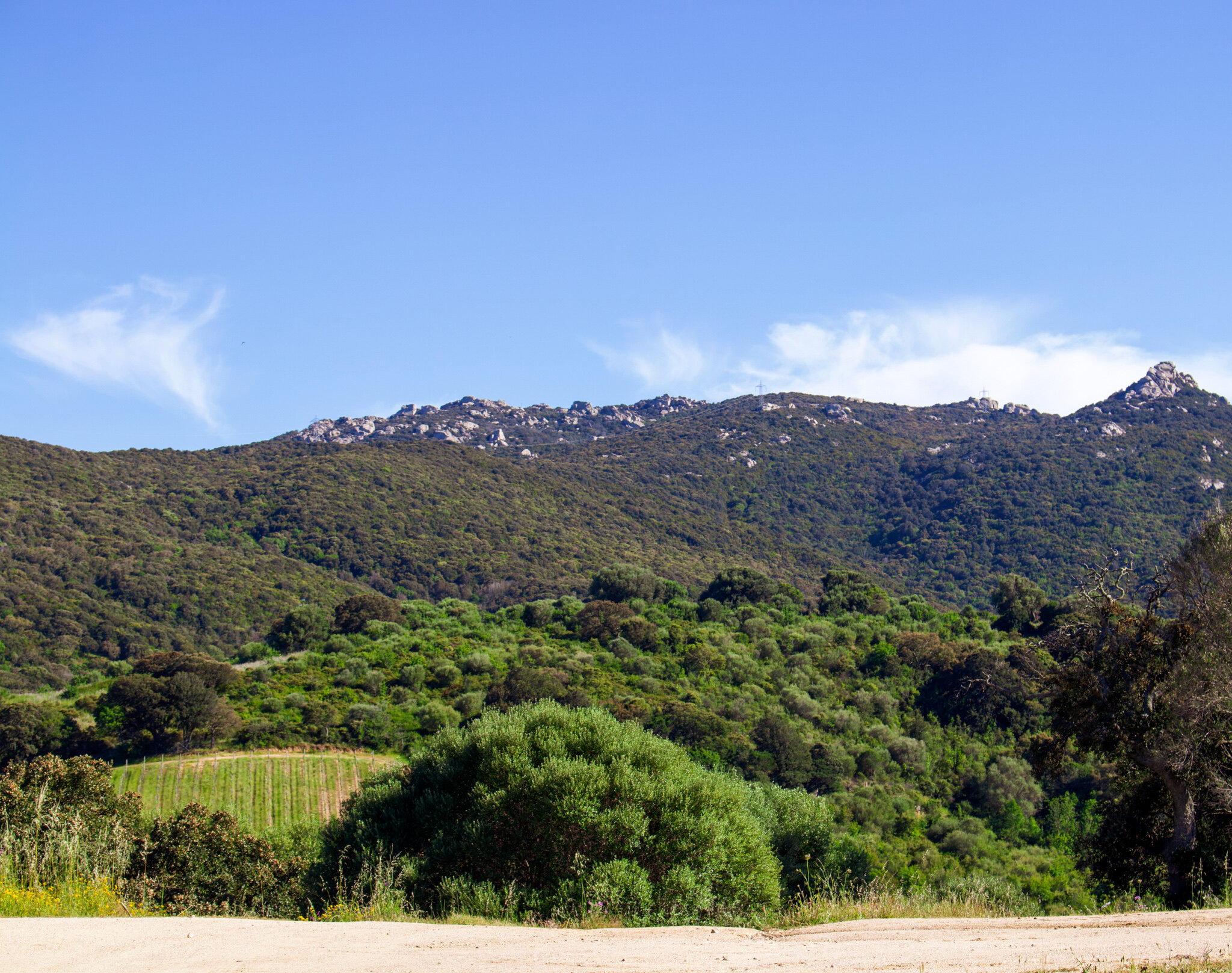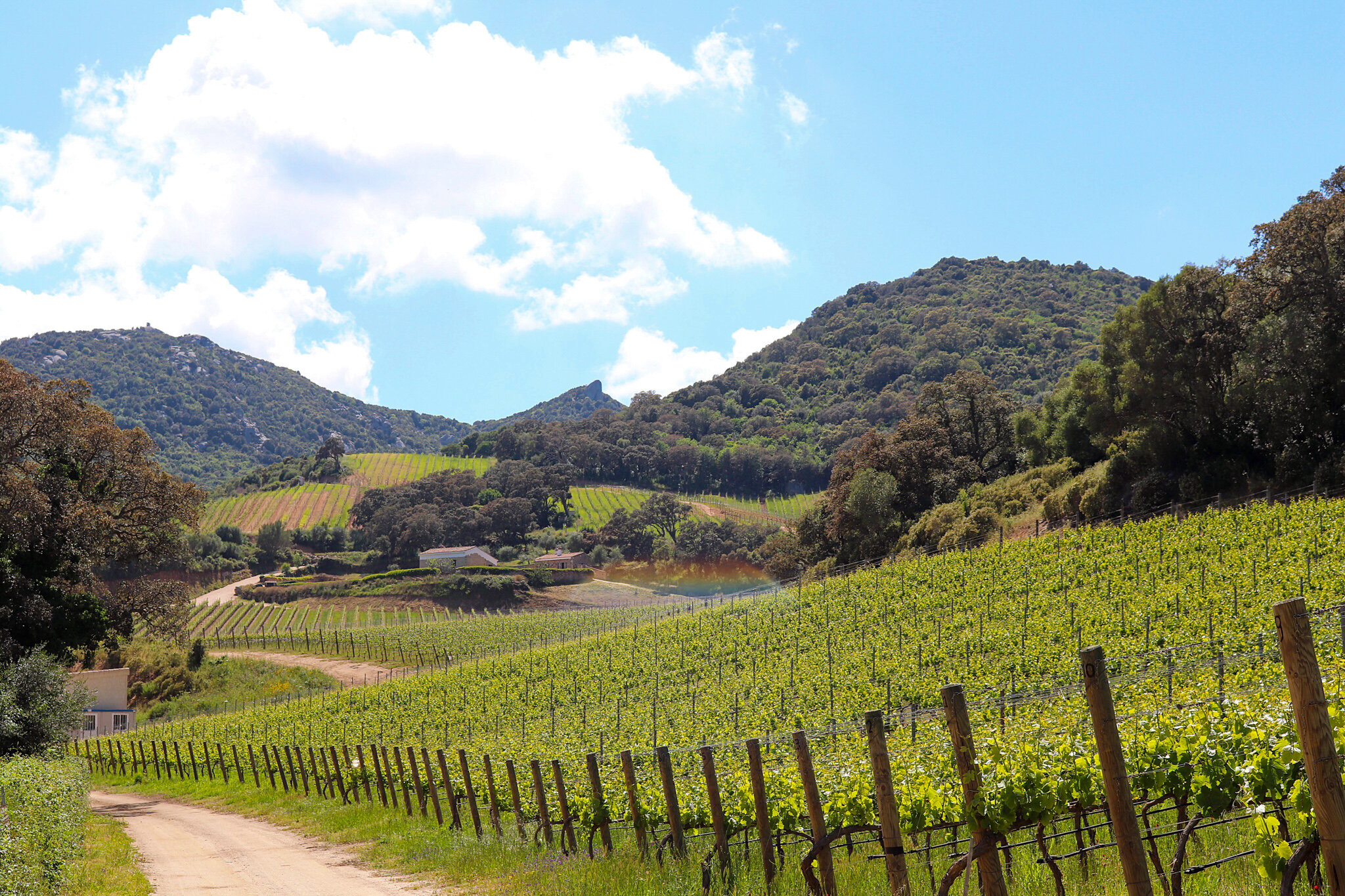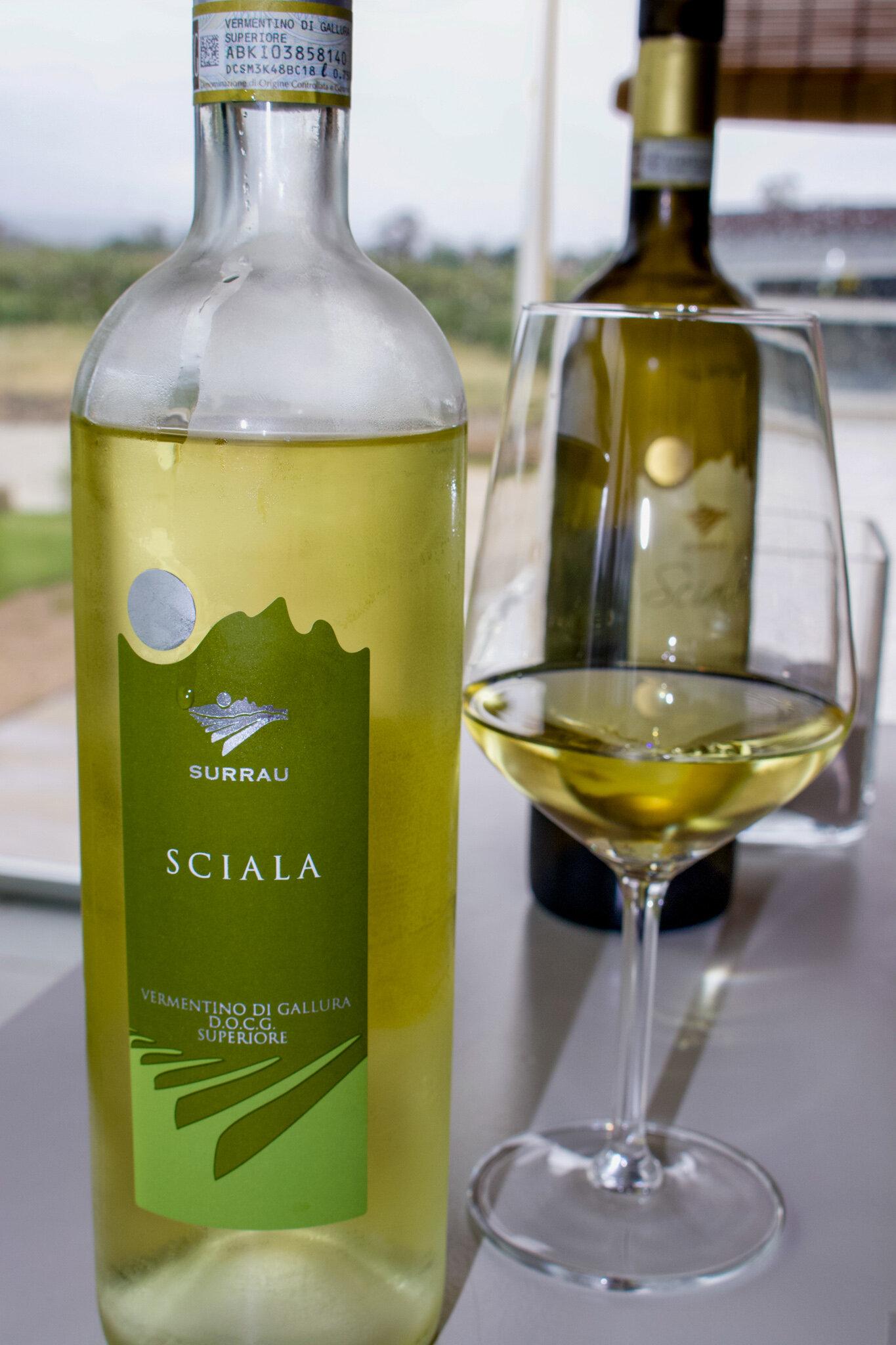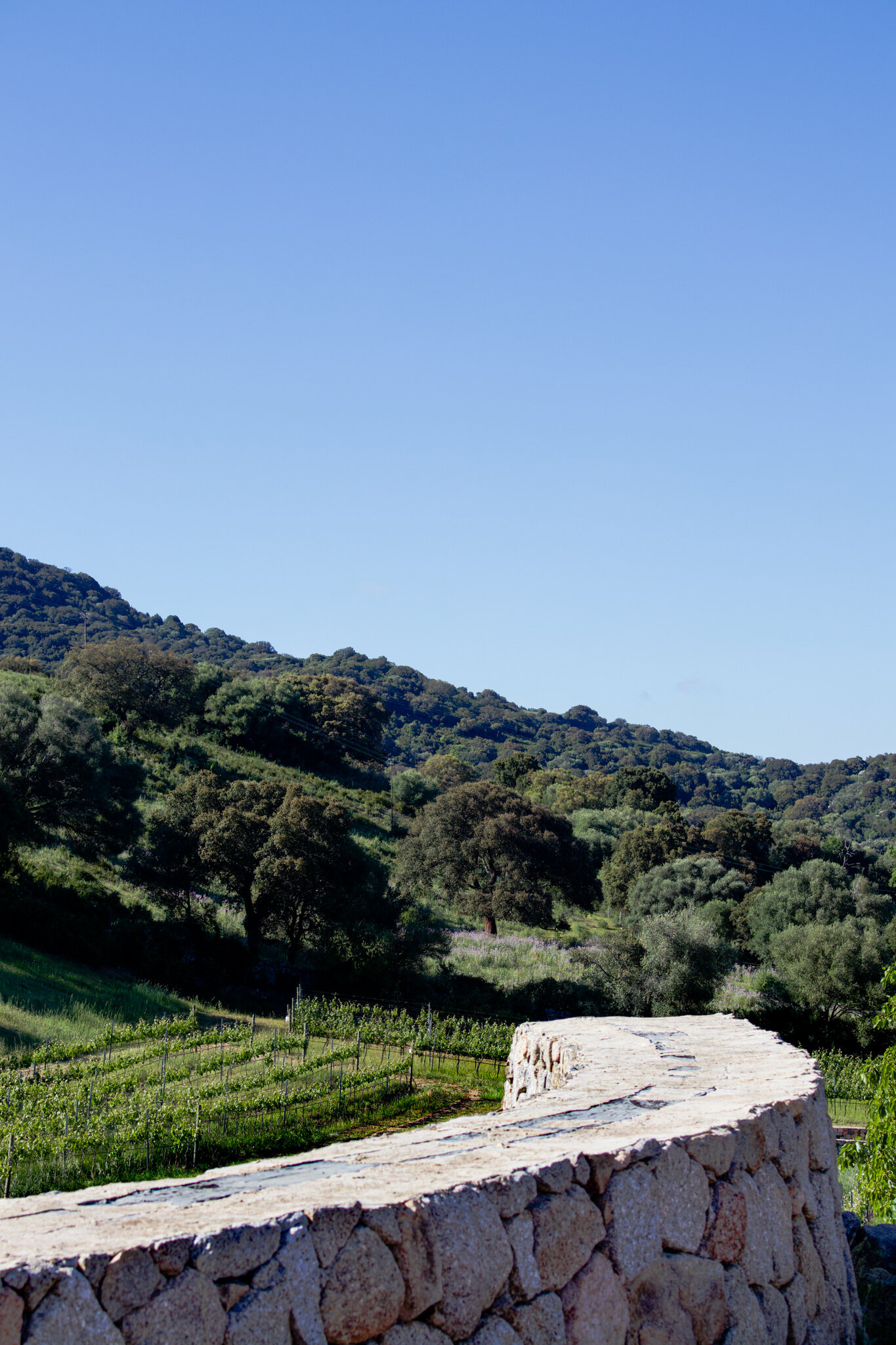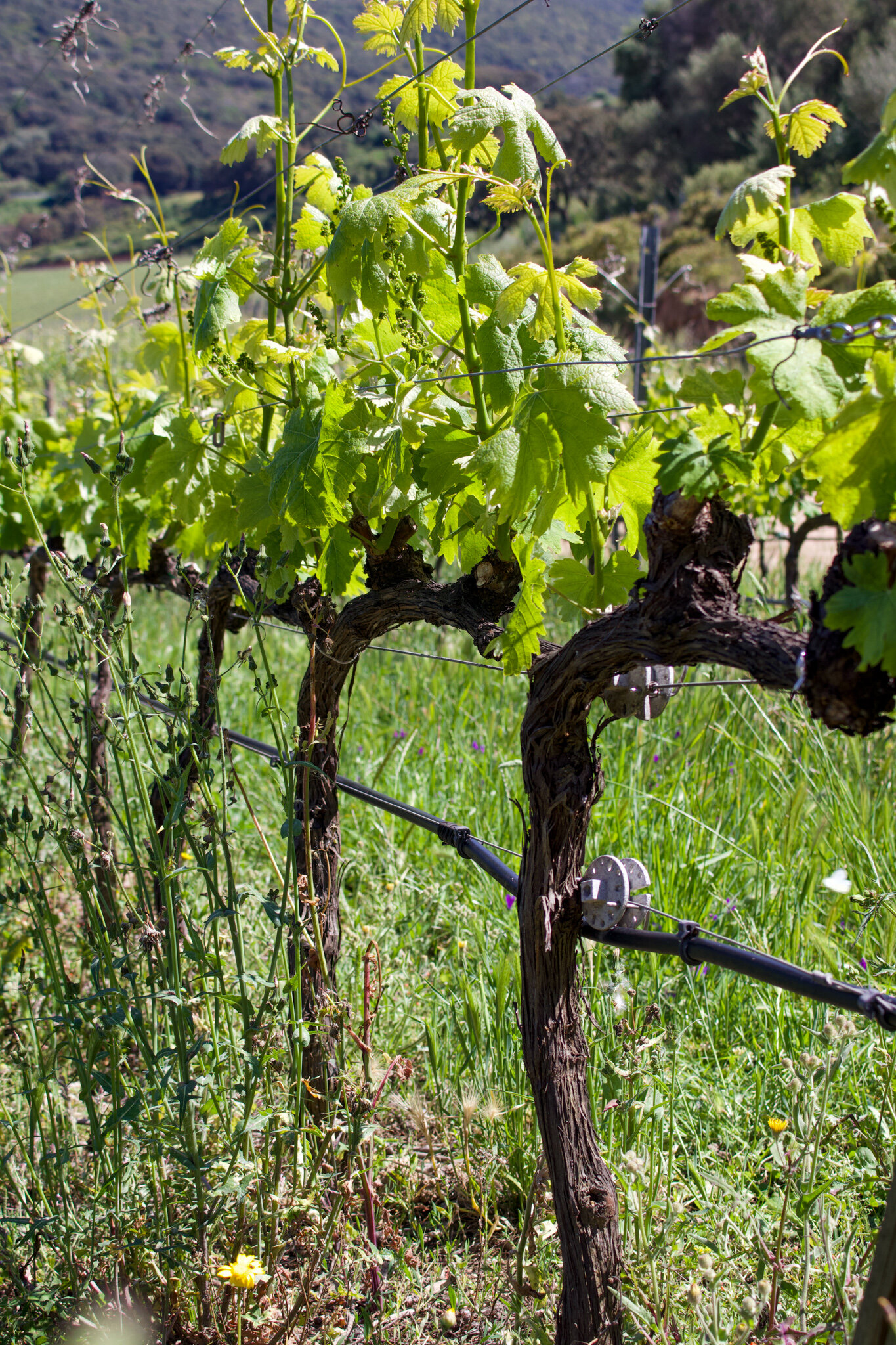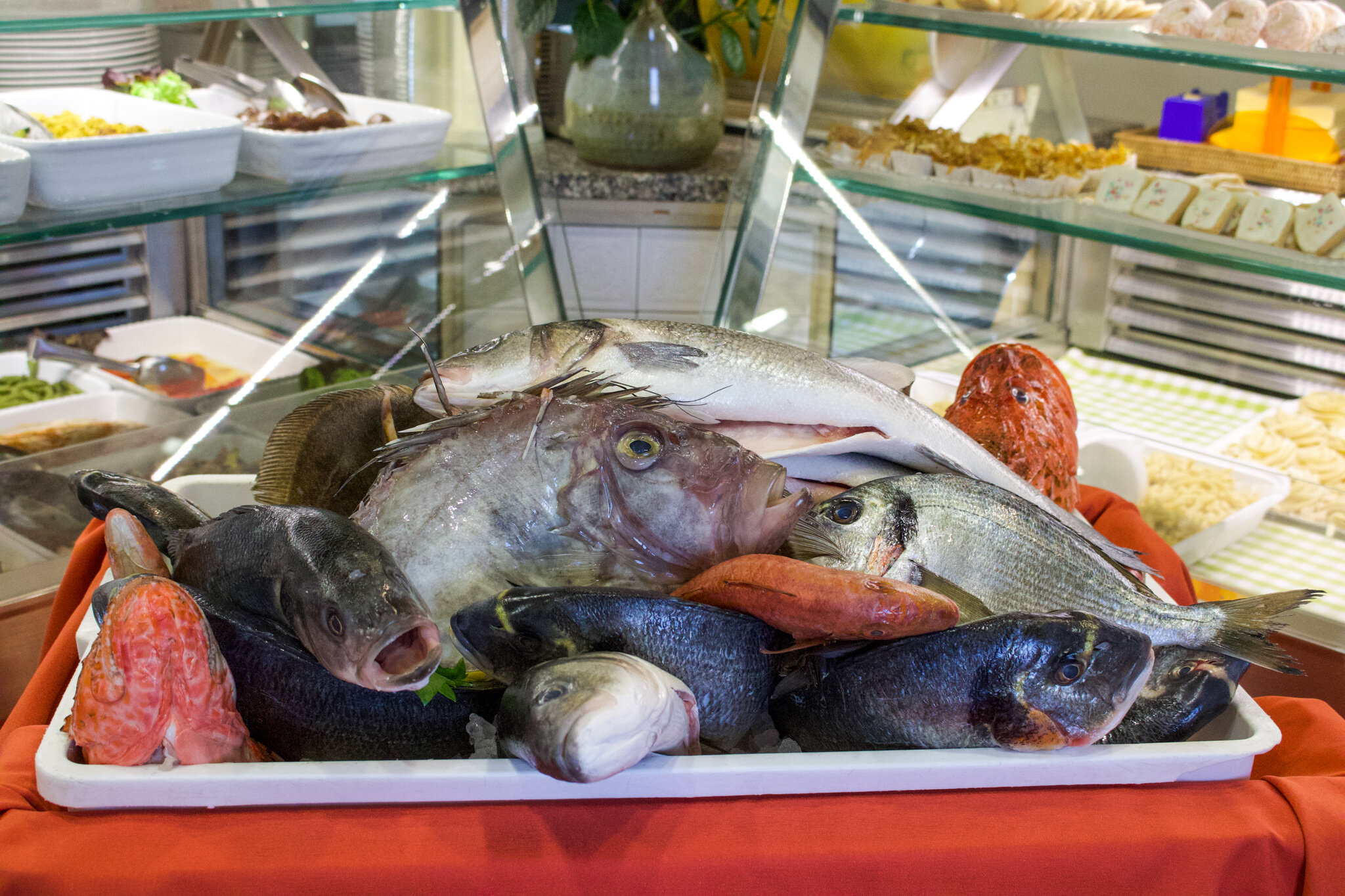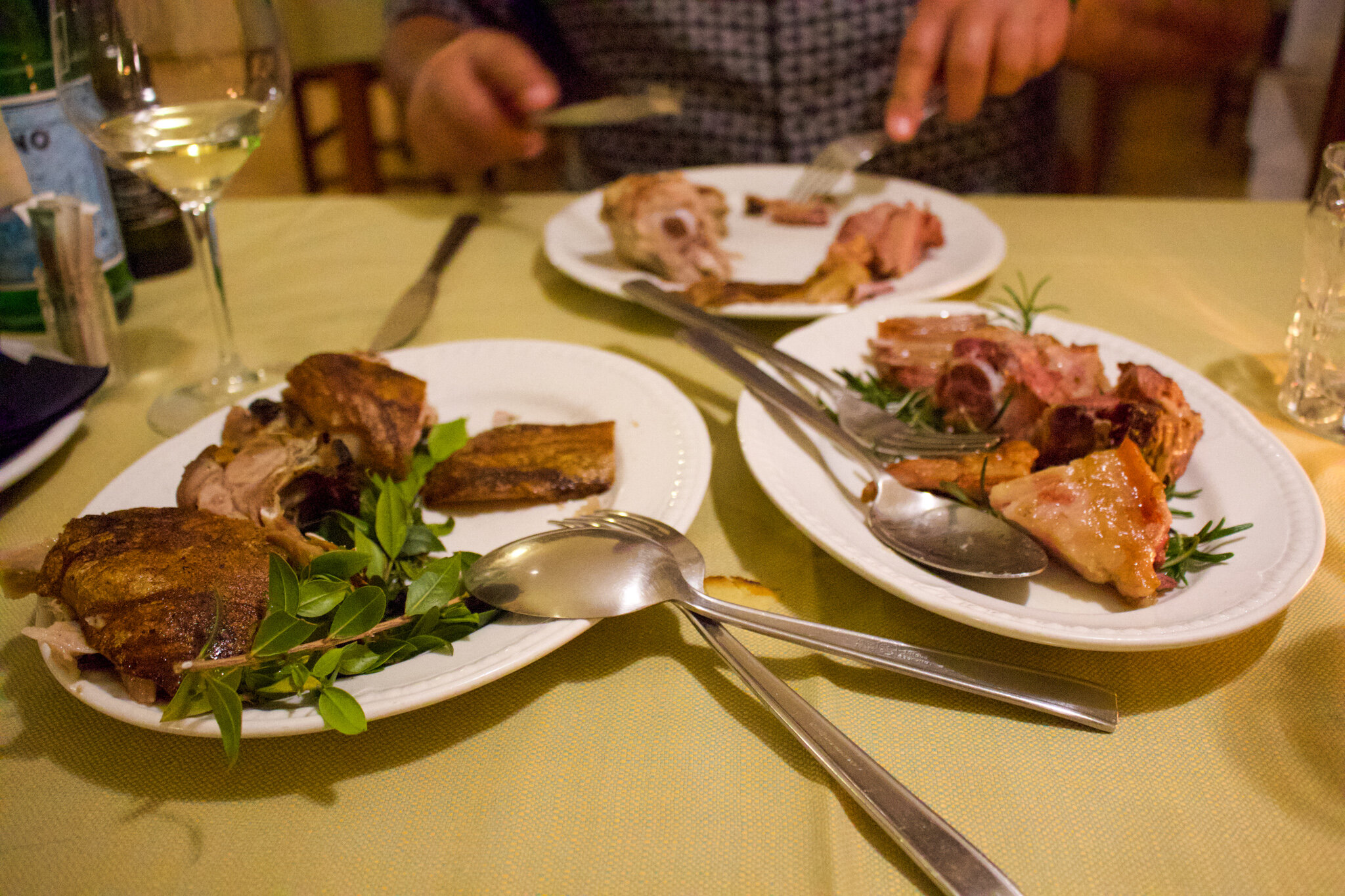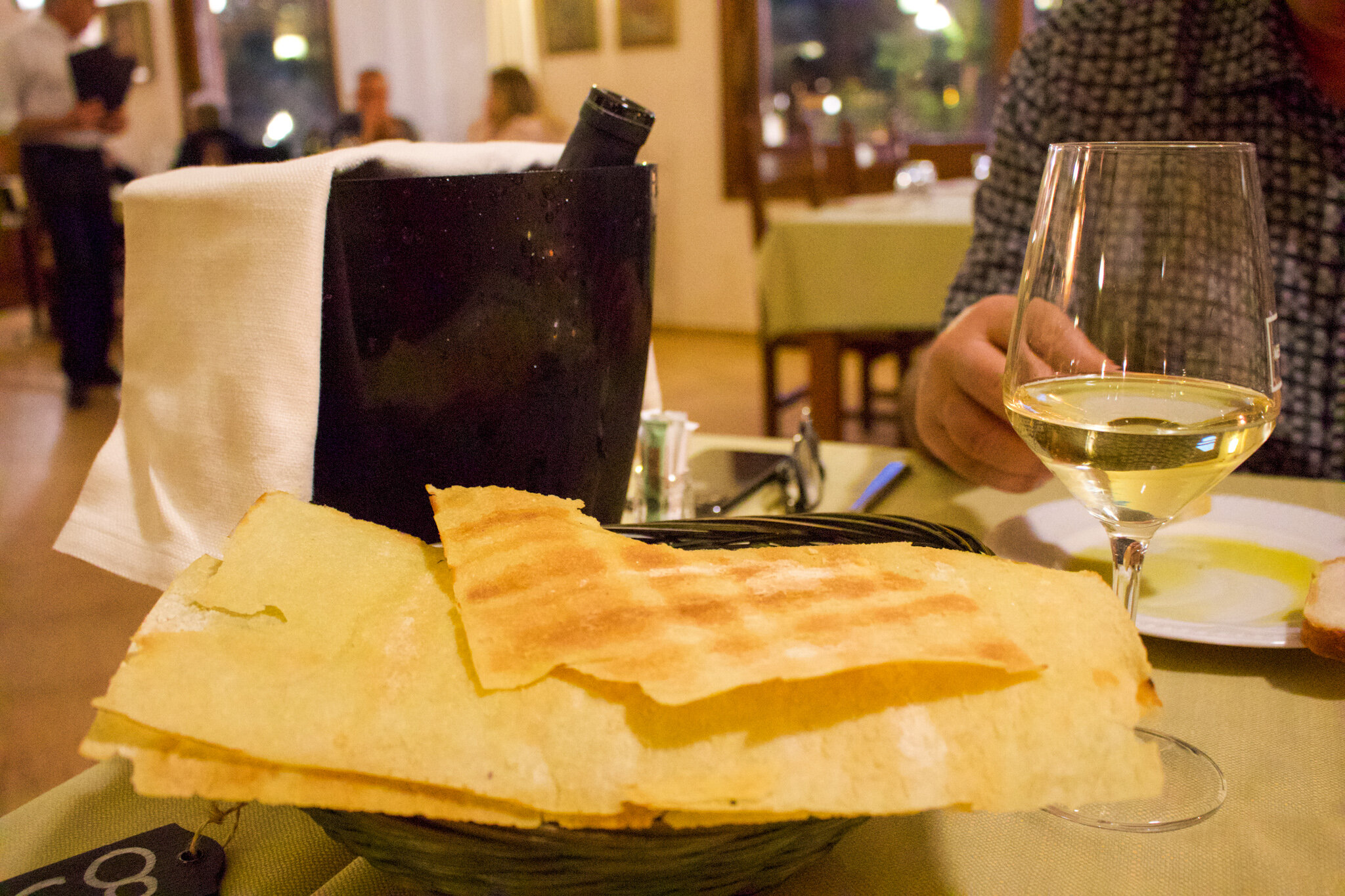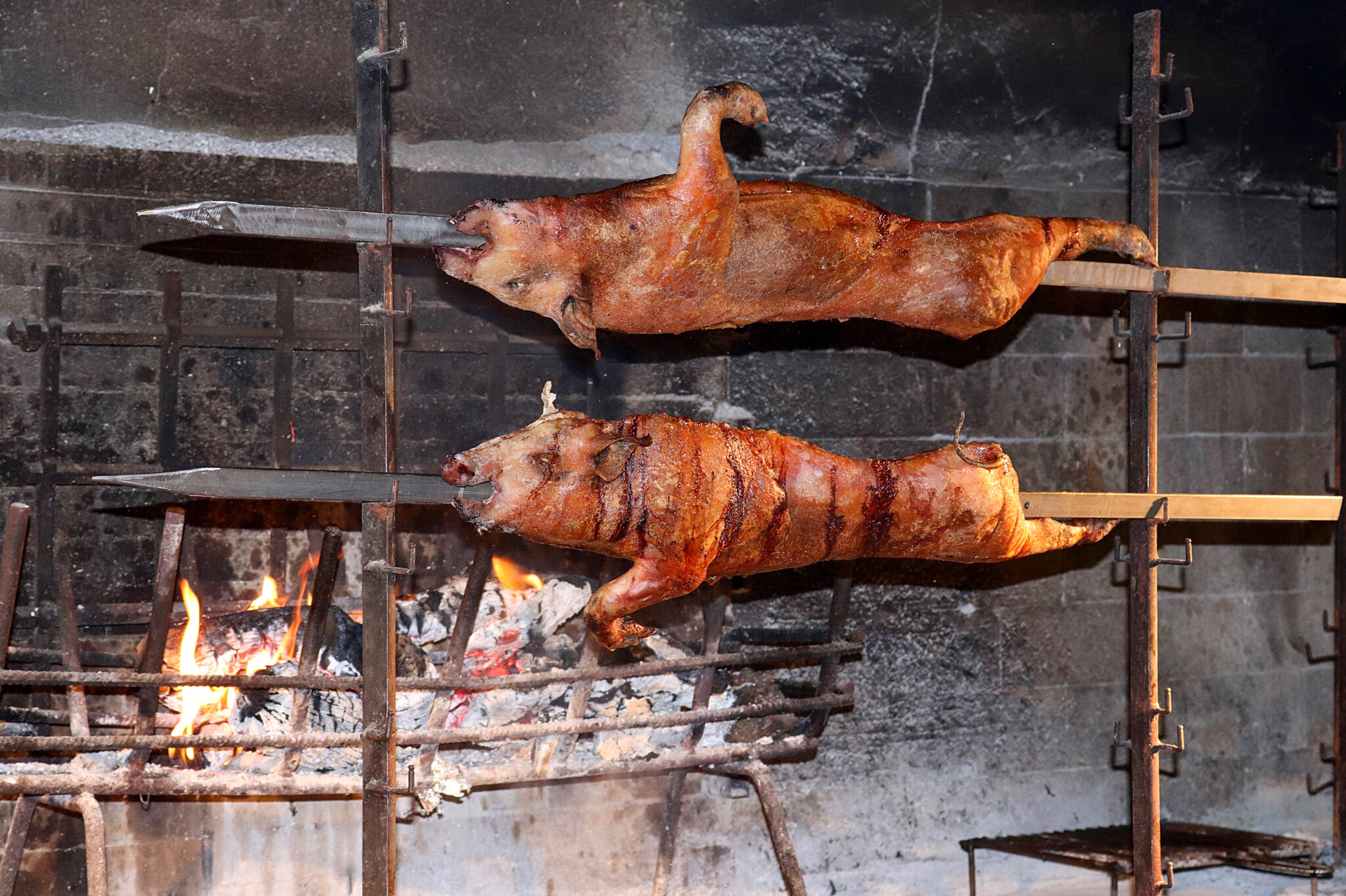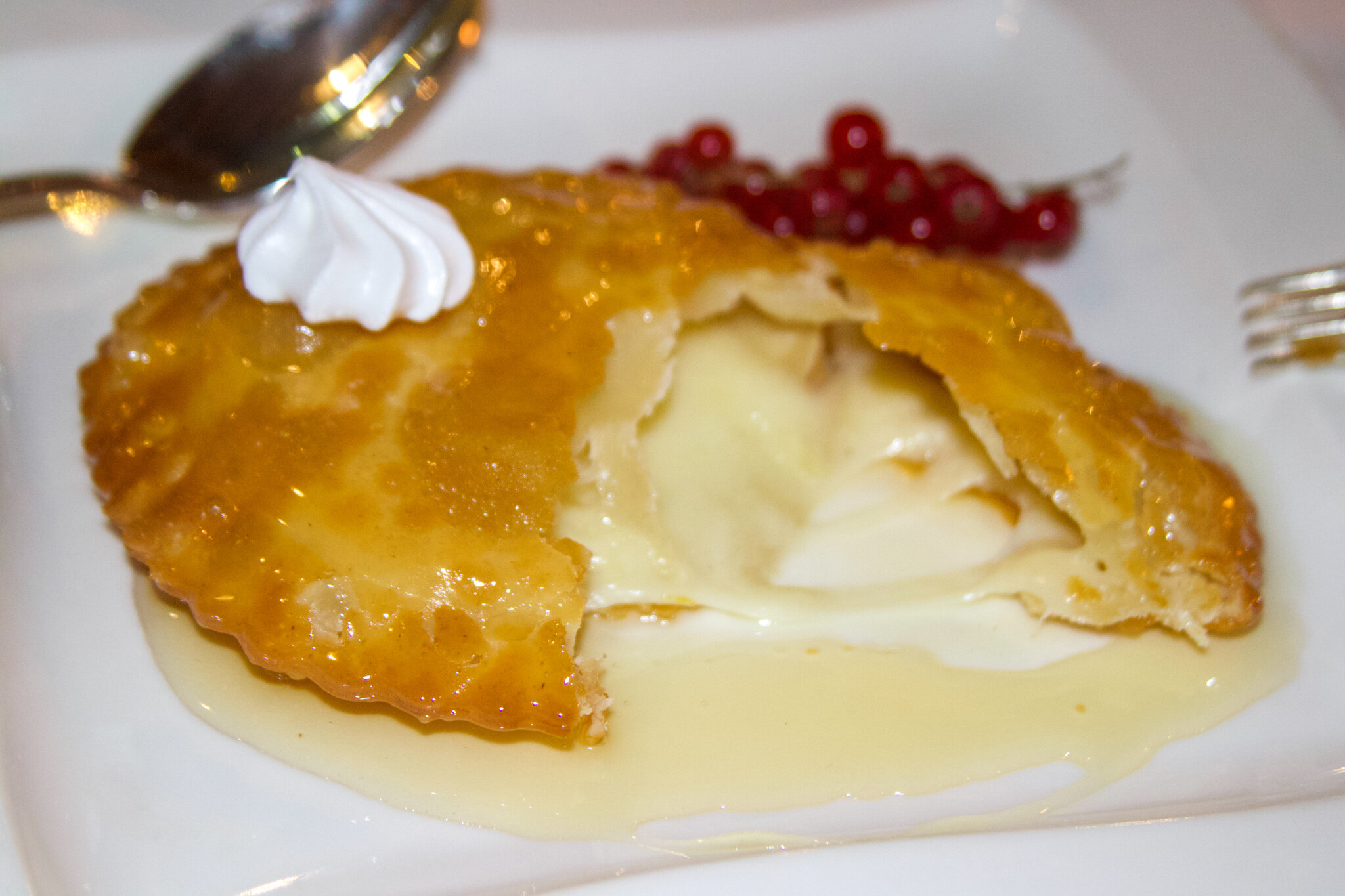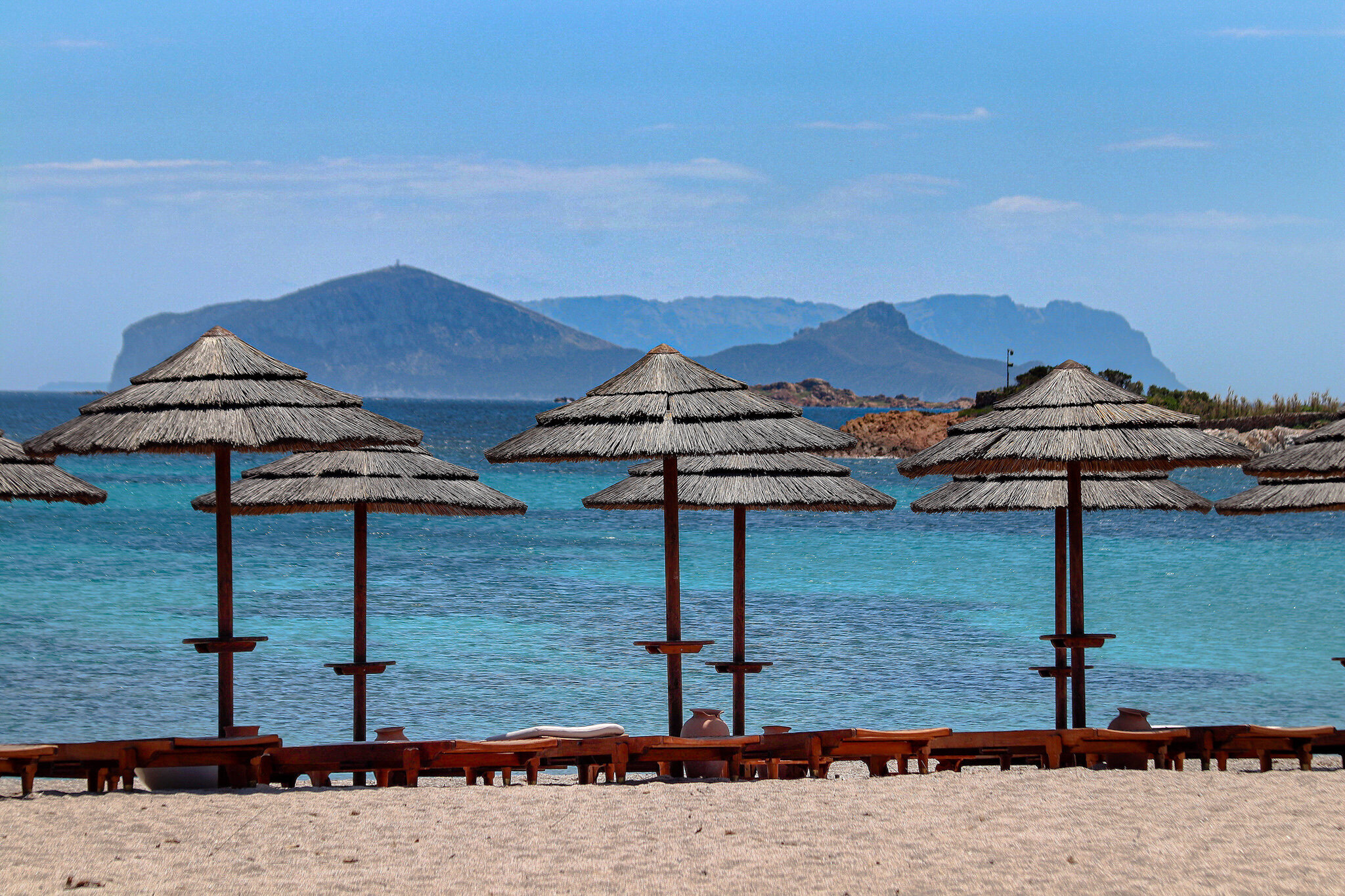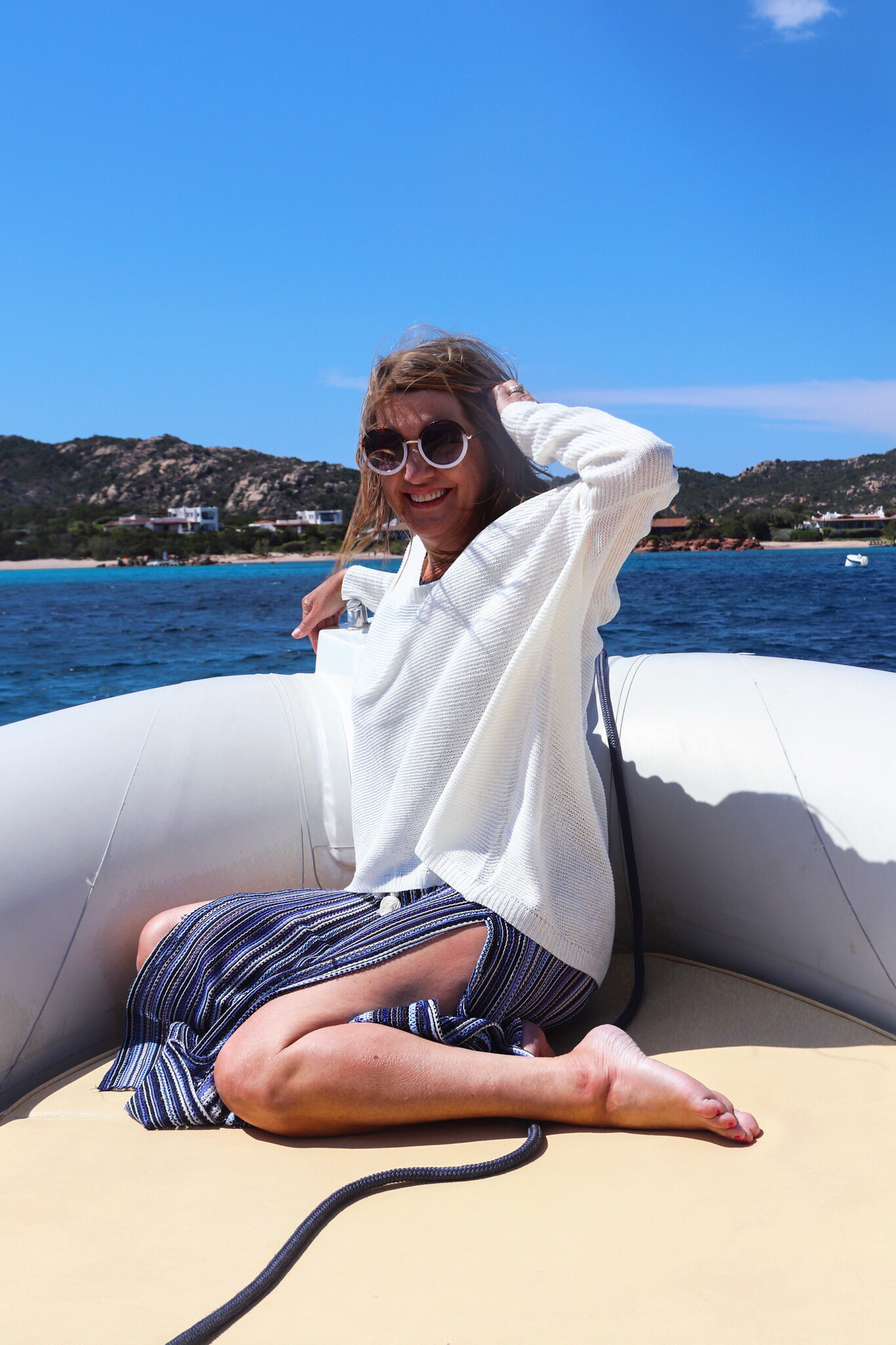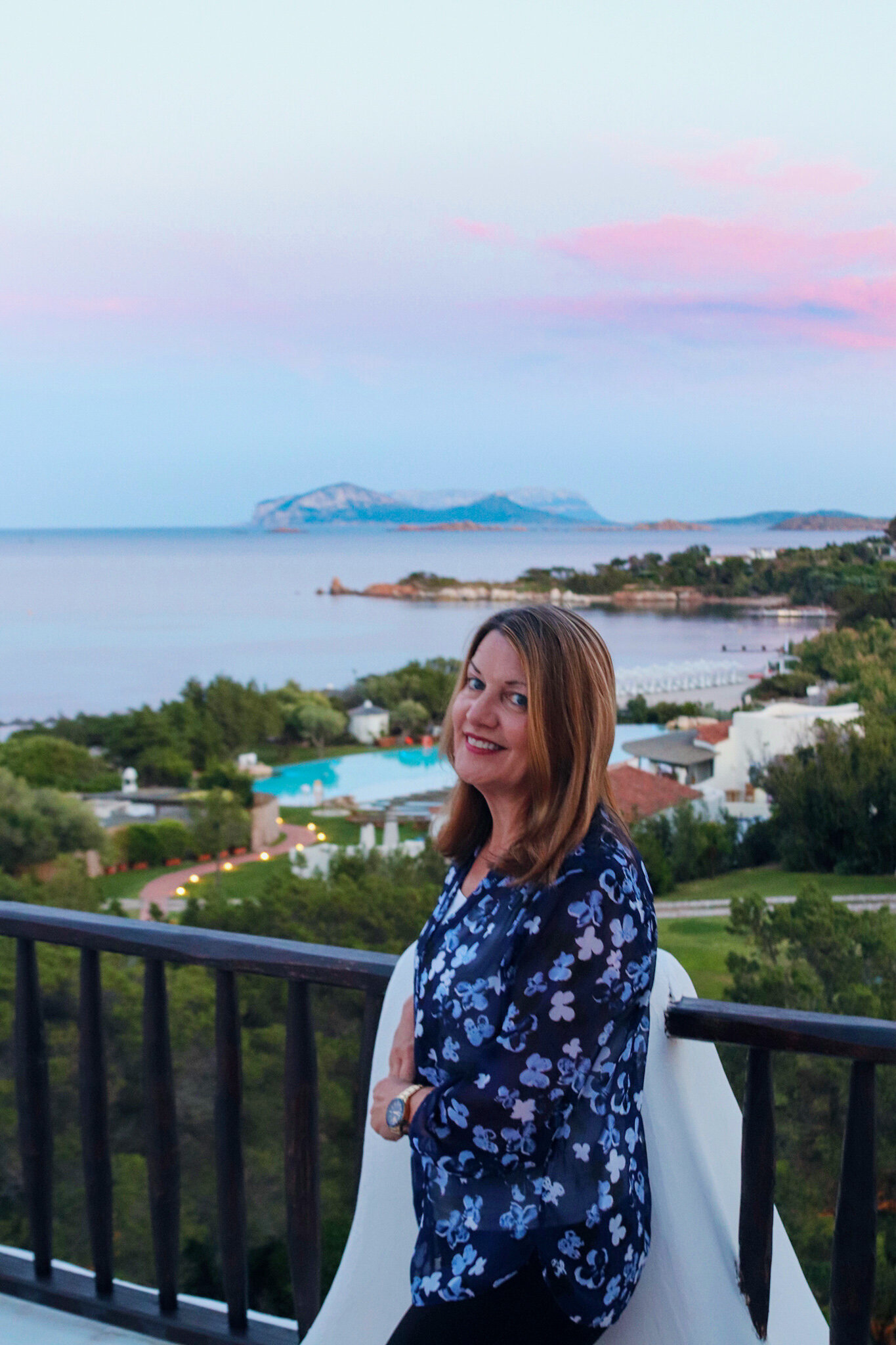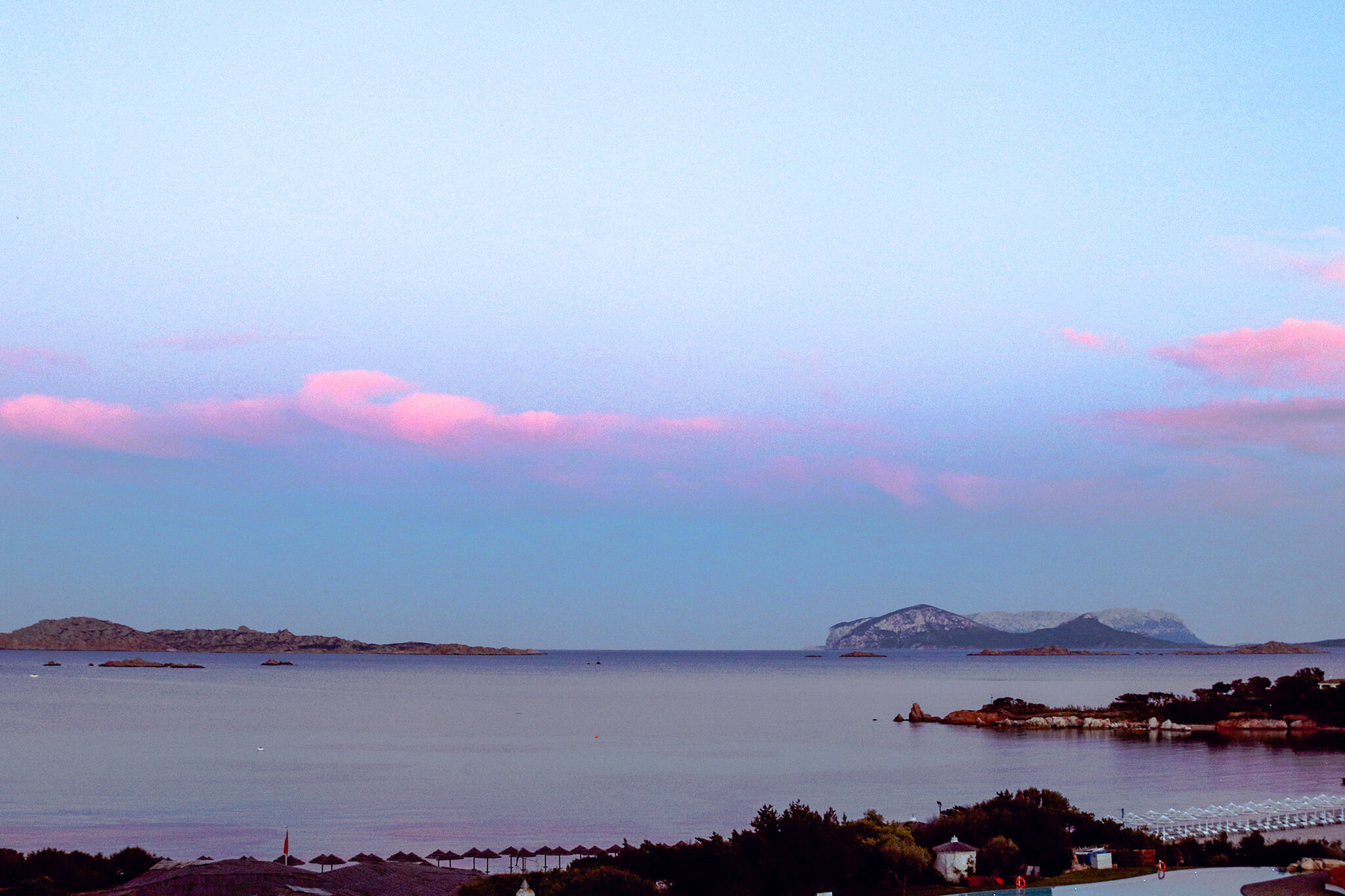Sardinia Italy: Travel Guide
Sardegna, or as we refer to it, Sardinia, has many of my favorite things; white sandy beaches for lounging, secluded coves for sailing, ancient ruins for exploring, wine estates for sipping, and local cuisine found nowhere else. I have never seen more transparent waters and intensely blue seas. Given all its natural beauty, it is nothing other than magical.
Sardinia is Italy's second-largest island, next to Sicily. Like Sicily, the island has a history of conquests and influences that have persisted on the island. Today Sardinia remains somewhat autonomous from mainland Italy with its own dialects and cuisine making it a unique experience from anywhere in Italy.
To get to the island, you can fly into Alghero (north) or Cagliari (south) from Pisa, or if you have a car, ferry overnight from Livorno. There are also options from Rome and Naples. The best, and maybe the only way to explore the vast island, is by renting a car. Despite being well maintained, roads are not designed to speed tourists around the island; visitors should take it slow and savor the sights. You'll need at least five days to do the island justice and explore top to bottom. Since we only had a few days, we chose to focus on the northern part.
We stayed along the Emerald Coast, Costa Esmeralda, between Porto Cervo and Olbia. This area is filled with resorts, beaches, marinas, yachts, restaurants, and shopping. Visiting in May, we missed the crowds of summer; while we had the beaches and roads to ourselves, some shops and restaurants were just opening back up for the season and not always open. I would venture to say the best time to visit would be in early June or September to experience it all, and still miss the crowds.
Along The Road:
The miles and miles of beaches are probably Sardinia's biggest draw. The shimmering blue-green waters give way to these huge smooth granite boulders, and you can hike to isolated coves.
At the northernmost part of the island, head to the town of Palau, where the ferry will take you to the Maddalena islands. It's among these islands you'll find pink beaches from the coral found in the sea.
Along the Emerald Coast is the charming marina town Porto Rotondo with an area filled with quaint shops and restaurants. Whereas Porto Cervo is where some of the world's most luxurious yachts dock for designer label shopping at one of the many boutiques and dining at high-end restaurants.
Hire a local to take you out on the water and explore a natural preserve. The waters around these isolated islands are so clear and blue, and you'll discover some incredible rock formations. Get your Guide offers a very reasonable boat excursion around the La Maddalena Archipelago or you could take a snorkeling tour around the island of Tavolara. It’s a must to get out on the water!
If you can drag yourself away from the azure-blue seas, you can uncover a place rich in culture and archeological sites. A Bronze Age civilization known as the Nuraghic people put Sardinia on the map and left behind more than 7,000 mysterious megalithic stone structures. These interesting structures, known as the nuraghe, are the last remnants of this civilization.
We visited a Nuraghe dwelling, dating back to 1400 BC, followed by the giant's tomb, Coddu Vecchia. We also visited the town of Arzachena, where you’ll unearth this large mushroom-like rock formation.
The Grapes and Wine:
The wine also has a long history that Spain, France, and mainland Italy have influenced. You'll find those influences in the grapes found like Garnacha / Grenache and, to a lesser extent, Cariñena / Carignan. However, it is dominated by the white grape Vermentino.
Vermentino is a widespread grape variety in Italy, but of the Vermentino planted in Italy, 85% is grown in Sardinia. Of particular note is those of Gallura, the only DOCG, in the north-eastern side of the island not far from the Emerald Coast. This proximity makes it a manageable wine destination for beach lovers.
From a geological standpoint, this part of Sardinia is one of the oldest areas of origin in Europe. As you drive around this area, you will encounter the massive granite rocks that climb from the ocean. These rock formations resulted from volcanic activity, and the granite soils provide a wealth of minerals to the wine. With its proximity to the sea, you will find some salty notes along with minerality. The wine is not overly fruity, with hints of citrus and grapefruit.
Cannonau is the principal red grape of Sardinia, the same grape known as Garnacha or Grenache. The debate rages as to whether its origin is Spanish or French or if it originated from Sardinia (could Cannonau be the original Grenache 😳). What's irrefutably is Cannonau has a uniquely Sardinian personality, and with some certainty, the grape's presence on the island dates back at least 400 years. Unfortunately, another wave of Cannonau plantings occurred in the 1980s, which can confuse those wines from the indigenous vines' taste. The best examples of Cannonau have more freshness to the wine and add a few herbal notes to the pronounced red berry flavors.
It's here on Sardinia where you will find one of the highest concentrations of centenarians in the world, identified as a 'blue zone.' Maybe it's the Cannonau; it does have the highest percentage of antioxidants than any other wine (something to take note of 🤔).
To Visit:
This winery is a short distance from the coast and is influenced by the marine layers. Here you will learn about the Mistral winds which blow from the sea and cool the vineyards from the valley heat.
The tasting room has beautiful floor-to-ceiling windows to sip and take in the vineyards and the granite mountains in the distance. They also feature local artists, which was a wonderful touch. You can peek into the wine cellar from the tasting room or schedule a tour of the whole property.
We tasted ten wines, including a sparkling, and each grouping was nicely paired with local cheese and meats. Three of these were Vermentino; each vinified differently using steel, small egg-shaped concrete, and amphora. Mid-sized concrete tanks are used to refine and stabilize the red wines, and then the aging occurs in medium-sized Slovanian oak barrels, French oak barriques, and Tonneaux.
To taste these wines, you can buy them here.
To reach the winery, you wind up and through the granite mountains, a lovely way to experience the terrain. Located in the eastern region of Gallura where the climate is arid and windy. The winery itself is built beneath the 37 hectares of vineyards, making temperature control easy and efficient. The underground cellar also makes a beautiful setting for a tasting; we sampled three different Vermentino, a Rosé, and three reds along with a Passito.
Siddura does a great job of showcasing the Vermentino grape, and what different taste profiles you can achieve;
Maia - this Vermentino spends a day with skin contact adding some complexity and honey color to the wine. Aromas of melon, lemon, and grapefruit was balanced with a nice acidity and long mineral finish.
Beru - this spends eight months in barrique barrels. Aromas of honey, brioche, and crayon. The oak departing some vanilla notes, but it still has a nice minerality. This wine was built to show the age-ability of the Vermentino grape.
They also have some unique reds for Sardinia. Tiros, which is Etruscan for wine, is a red blend with 85% Sangiovese and 15% Cabernet Sauvignon. The wine had an excellent nose of red berries, sweet spice, and tobacco. It was well balanced, concentrated, and round tannins. We tucked this away with the Spèra in our suitcase.
The Food:
Although Sardinia may stand-alone from mainland Italy, all Italians share the love and passion for food.
You may think being an island, Sardinia's cuisine would be solely seafood. Although some of Italy's best fish and seafood can be found in Sardinia's waters, it is historically a land of farmers. It is said, there are more sheep than people on the island. Knowing this, be sure to taste Pecorino Sardo, a salty concentrated cheese created with an artesian process using whole sheep's milk.
We enjoyed the restaurant Belevedere, perched on a hillside possessing beautiful sunset views of the sea the best local seafood. They will bring the freshly caught fish on a tray to your table for your choosing. The service here was excellent, and we enjoyed all of their recommendations.
I would suggest visiting an agriturismo; it is here we uncovered all of the typical Sardinian delights. We went to family-run Lu Stazzu, and it was our most economical meal on the island. We started with Pane Carasau, wafer-thin bread, a staple that is served with everything. The local pasta is called Culurgiones and is referred to as gnocchi's chubby cousin. A simple pasta with a shape unique to Sardinia; ours was stuffed with mashed potatoes and flecked with fresh mint, and sheep's milk ricotta cheese topped with a light tomato sauce and olives. The main course, Porceddu, is a baby pig cooked on a spit in an outdoor kitchen - incredible. We ended the meal with a local dessert, Seadas, fried cheese drizzled with honey, what is not to love! Lastly, the meal ended with grandmother's homemade Mirto. Mirto is made from the deep blue colored berries of the myrtle bush that grows all over the island. It's pretty bitter; so for us new to the drink you only need a couple of sips.
For a local’s view of Sardegna, visit my friend Manuela Paper post for more insights.
I fell for Sardinia's lovely beaches, rugged countryside, pretty villages, and welcoming people. We left the island relaxed and ready to conquer mainland Italy.

